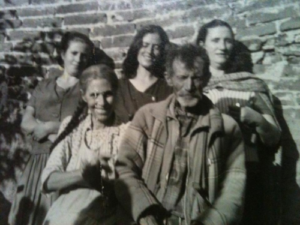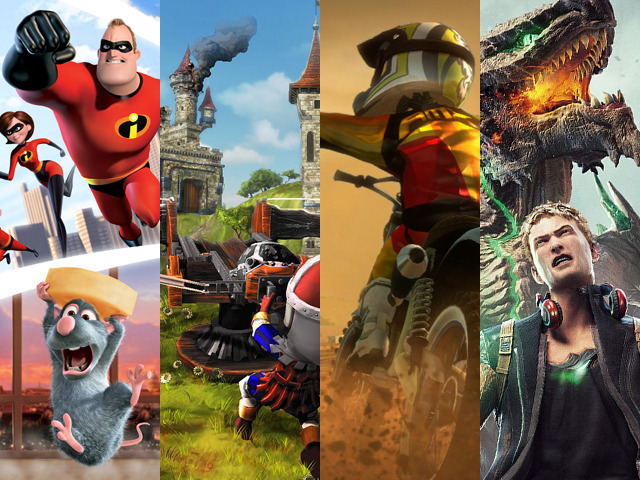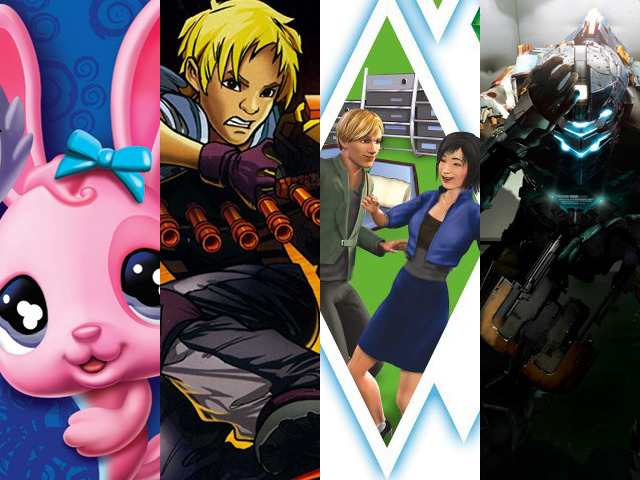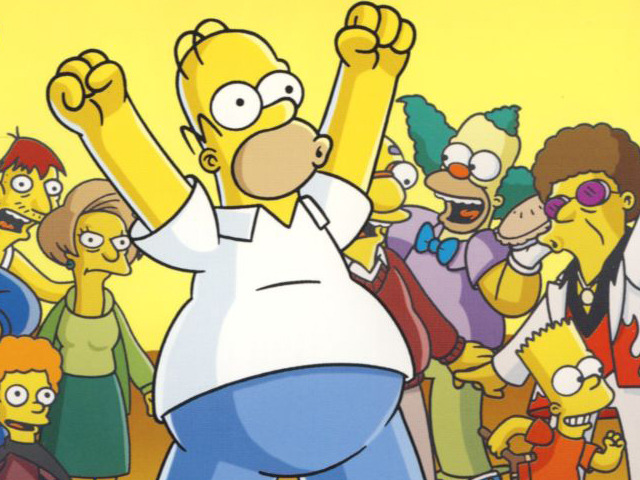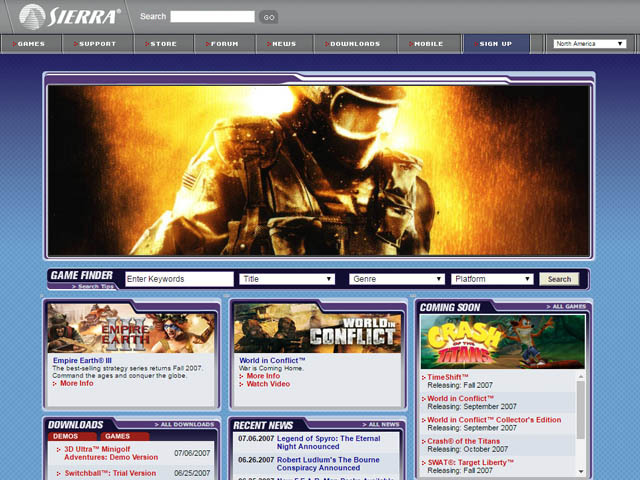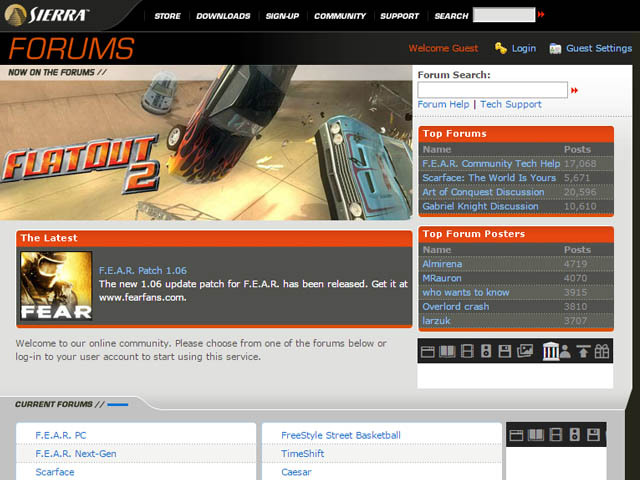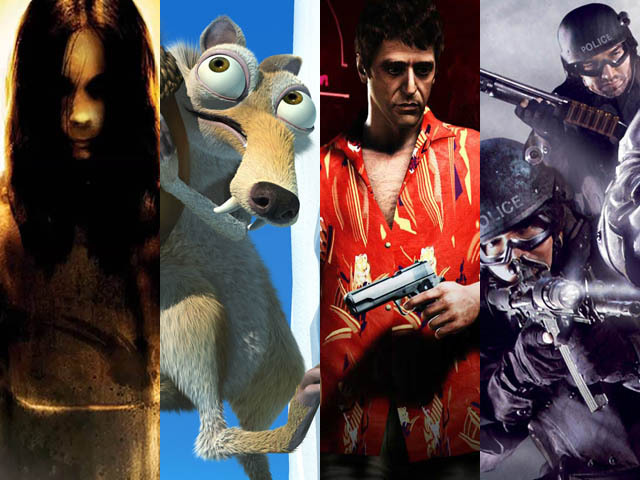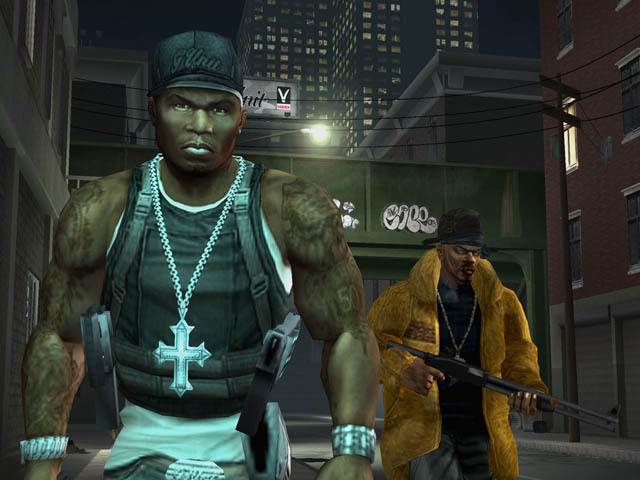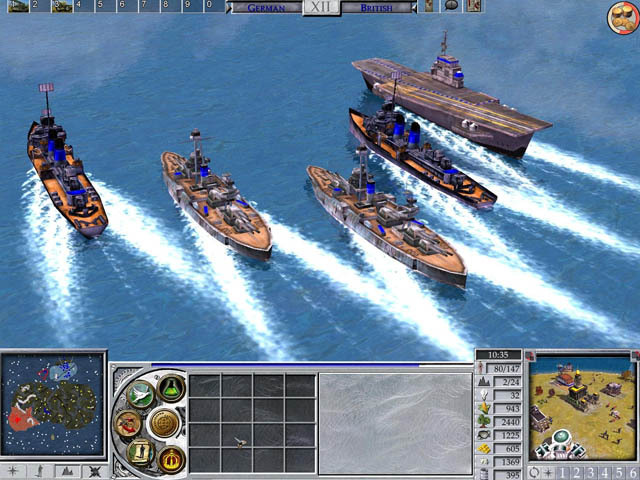Empire Earth II – Vivendi Universal Games – 2005
Real-time strategy testing.
I started in the game industry during the height of Xbox, PS2, and Gamecube. I personally owned two of the three systems and played the most popular types of games for them (3D action and shooters), so my first eight months were familiar territory in terms of understanding the gameplay and system capabilities. This gave me the time and space to figure out the testing process without also having to figure out how to run or play the games.
That all ended with Empire Earth II for Windows PCs. I owned a computer but only played emulated consoles from the 8-bit and 16-bit eras. I doubt my machine could have run anything in 3D. I was also into games that required a controller and instant movement, so strategy games were nowhere in the vicinity of my radar. Nevertheless, getting thrown into the middle of Empire Earth II, with its myriad compatibility and gameplay issues, was one of the most rewarding experiences of my career. I learned far more about computers and keyboard/mouse-based gameplay than I had ever learned before, allowing me to contribute much more effectively on later PC projects.
My focus was almost entirely on campaign gameplay, running through historical battle scenarios starting from the stone ages all the way to the near future in which lasers and robots are commonplace. My most extensive experience with this type of game had been a demo of Age of Empires, so getting into an RTS for the first time was a treat.
There was a moment on the project that I’ll never forget. I sat across the aisle from my test lead, who was not the most outwardly friendly person. Still, he was a professional, and I was there to do a job, so I never minded it. I was focused on getting through the Korean campaign when another lead stopped by to chat with my lead. At some point the visitor asked me a question that I completely missed because I was so focused on the task at hand. Finally, my lead said something along the lines of, “Oh, that’s Vic. This is how he always is, and I’m thankful for it.” Shortly thereafter, on a day off that I’d earned after several weeks of late shifts, I won a prize for Best Tester.
It became the first time I became conscious of this ability to focus on the work and shut out the noise, a skill which has served me well over the course of my career.
